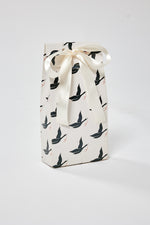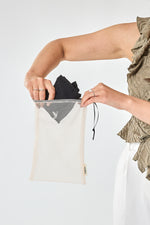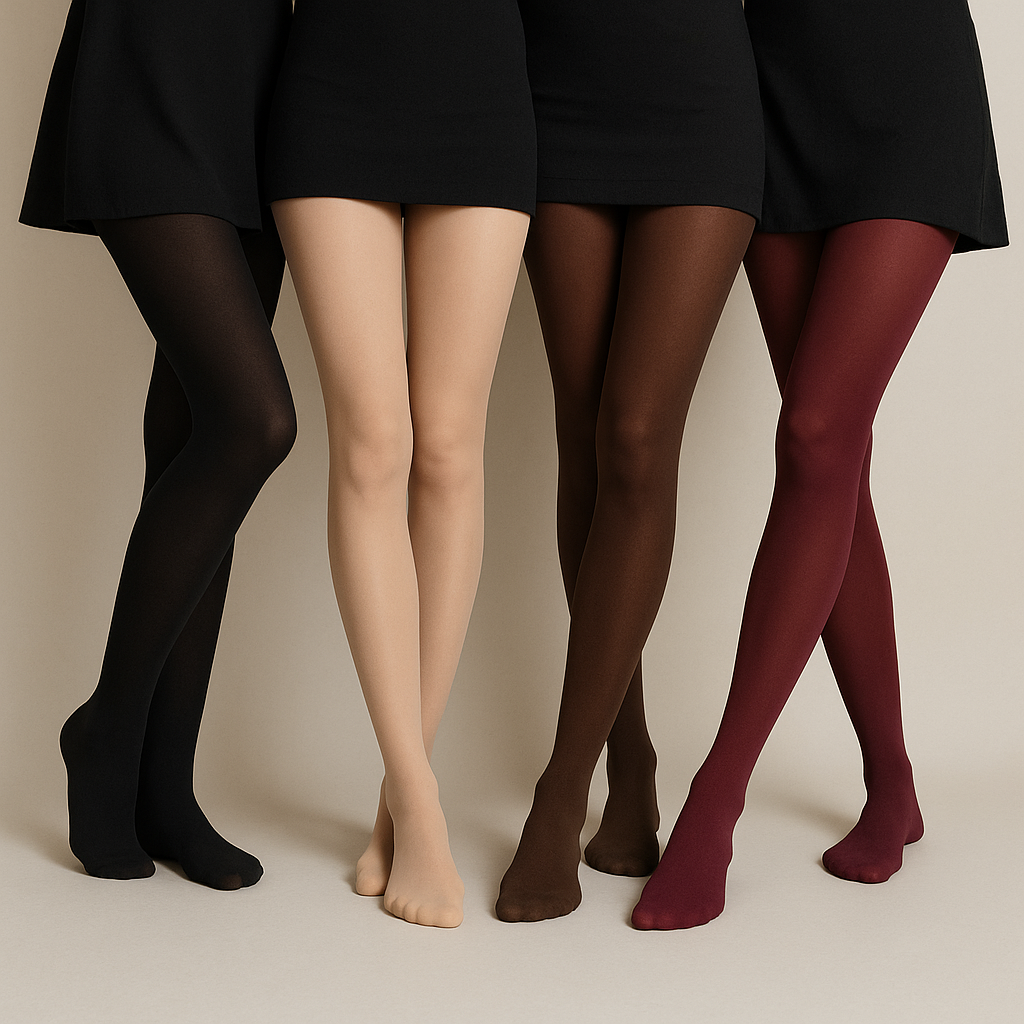Summary
More than just a fashion accessory, tights speak volumes about our perceptions of the body, gender, and power. A sociological dive into the world of legs.
Covered legs, shaped body
Since their appearance in the early 20th century, tights have never been simply practical items. They have accompanied norms: to conceal, to shape, to smooth, to sexualize. Legs thus become a symbolic arena where social relationships are played out.
In the 1950s and 1960s, pantyhose allowed the abandonment of the garter belt, a sign of the liberation of the female body. But they quickly became standardized, imposing colors, textures, and a way of being "presentable." They were aimed primarily at women, and in this way, reinforced a gendered societal expectation.
"Having beautiful legs" is not a neutral goal: it's an often internalized injunction. Pantyhose acts as a filter that smooths out rough edges, unifies, and erases. It demands silent conformity: smooth legs, without marks, without hair, without wrinkles. The real body disappears beneath the nylon envelope.
And yet, behind this apparently neutral surface, hides a political field.
Pantyhose as a sign of status and power
In the professional world, opaque black tights have become a standard of "correctness," sometimes even required. They function as a code , just like a blazer or closed-toe shoes. Not wearing them can appear as a lack of conformity, or even effort.
What is perceived as neutral clothing is actually a social signal. It sends implicit messages: "I am serious," "I respect the codes," "I control my image." Tights then become a tool for social integration in spheres where implicit norms are strong.
Conversely, certain styles of tights (fantasy, fishnet, bright colors, patterns) remain connoted. Sometimes perceived as "vulgar", sometimes "original" depending on who wears them and in what context. The accessory then becomes a test of social reception , where class, gender, and implicit norms are expressed.
Tights thus crystallize several tensions: between conformity and singularity, between invisibility and self-affirmation. They say as much about the wearer as they do about those who look at them.

A feminine and feminist reappropriation?
Today, some women choose to stop wearing tights altogether: for comfort, to reject aesthetic norms, or to assert a freer body. This gesture—not hiding one's legs, scars, or body hair—is sometimes perceived as transgressive, even militant.
Others, on the contrary, are repurposing them. They choose durable, ethical, colorful, patterned, or perfectly neutral ones. Tights are no longer a silent obligation but a means of expression.
At Cygnes , we believe in this freedom of tone: our tights are designed to last, be comfortable, but also to allow each woman to feel strong in her choices. We do not dictate an aesthetic, we support a plurality of uses.




1 comment
Bjr, intéressant votre texte, mais dommage, tout porte à croire que les collants ne sont faits que pour les femmes. En ce point, vous ne vous démarquez pas des autres fabricants.
Un porteur régulier de collants, de manière ouverte et en public (qui devrait sous peu acheter 1 ou plusieurs de vos produits).